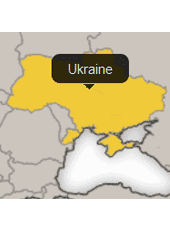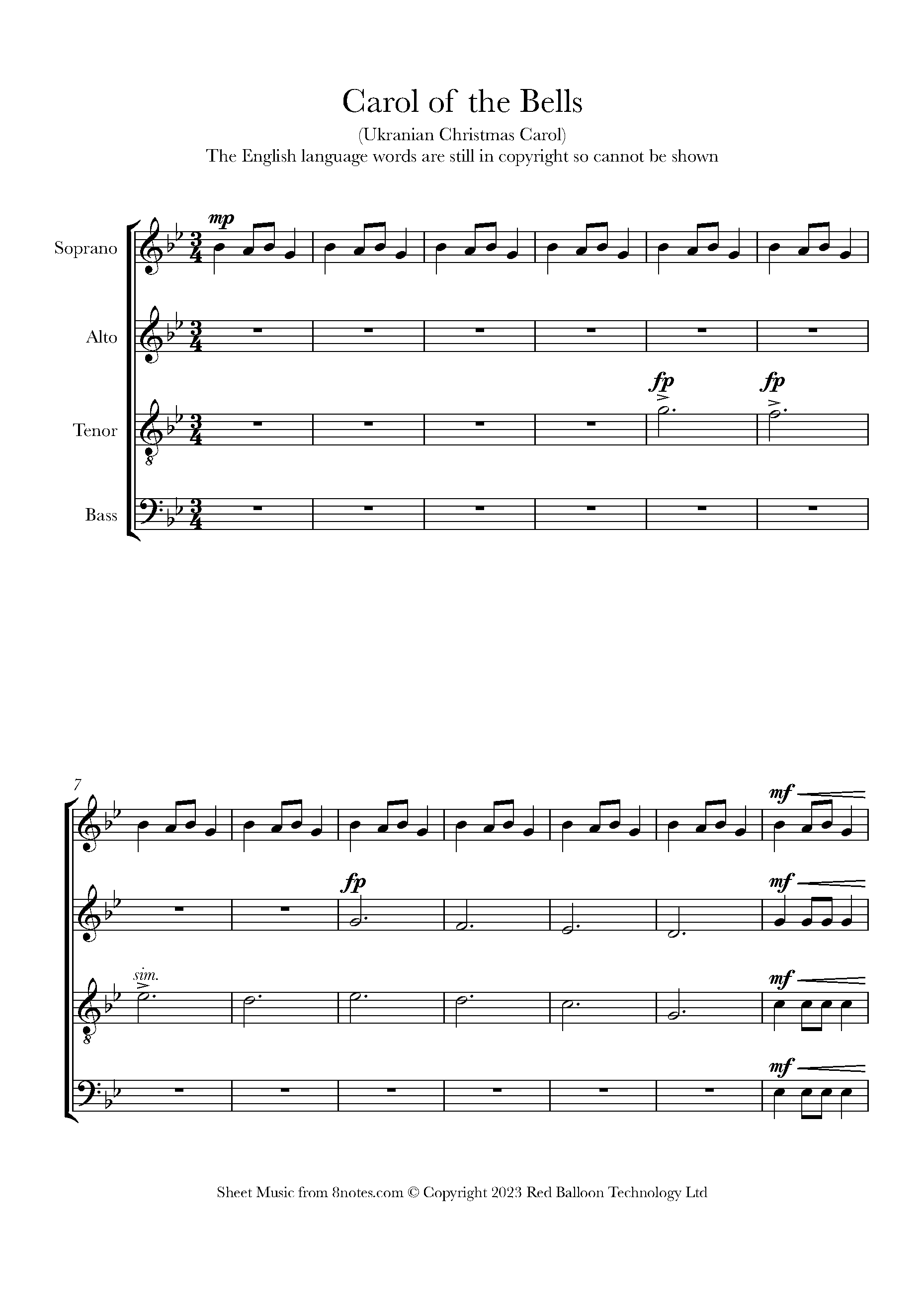
Carol of the Bells is a staple of the holiday season, particularly in the US. But where did this atmospheric song come from - it feels like a relatively recent addition to the Christmas repertoire, doesn't it?
The song actually has Ukrainian origins and the story behind it poignantly highlights the fact that Russian aggression against Ukraine isn't a recent phenomenon.
"Carol of the Bells" is based on the Ukrainian folk melody "Shchedryk", which was composed by Ukrainian composer Mykola Leontovych in 1916. Leontovych's original composition was a choral work that was performed at Christmas time, and it soon became popular throughout Ukraine. Leontovych based his piece on a traditional folk chant that was originally sung in the springtime. The Ukrainian lyrics describe a swallow flying into a household to sing of wealth that will come in the spring.
So how did this Ukrainian tune - with Ukrainian lyrics become known around the world?
Well, in the early 1920s, American composer Peter J. Wilhousky heard a recording of "Shchedryk" and was inspired to create an arrangement for choir and orchestra. This arrangement, titled "Carol of the Bells", was first performed at Carnegie Hall in New York City in December 1921, and it quickly became a holiday classic. Over the years, "Carol of the Bells" has been performed by countless choirs and orchestras.
Given the current war in Ukraine, it is especially relevant to celebrate the Ukrainian origins of "Carol of the Bells". As Oksana Zabuzhko, Ukraine's culture minister writes in The Guardian, Russia is using its culture as a weapon in its war against Ukraine, and is trying to destroy Ukrainian culture by erasing the word "Ukraine" and destroying libraries, museums, and historical buildings.




